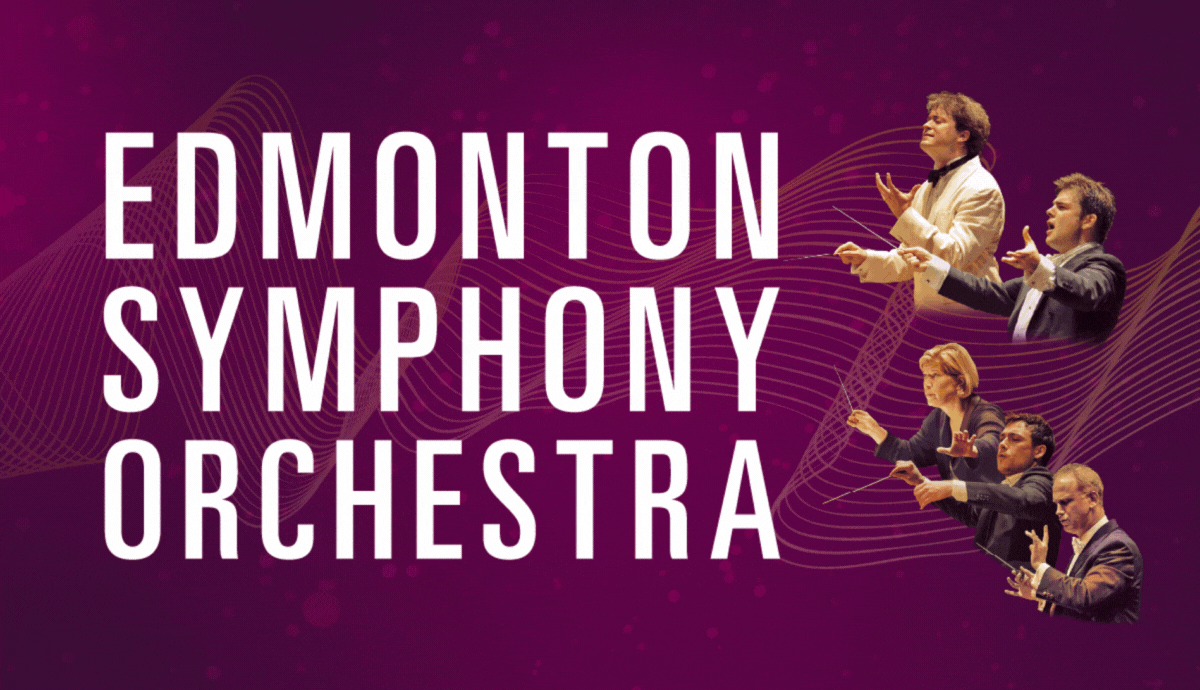Musical Moment: Beethoven’s 5th Symphony
February 8, 2022

By D.T. Baker, ESO Musicologist
My program notes for the Beethoven Fifth Symphony, which the Edmonton Symphony Orchestra will present on February 25 & 26, mention that the symphony begins with the most famous four notes in music history. I truly believe that to be the case, but that very fame has inevitably gotten in the way of appreciating what is really going on in this work.
This brief note is my (probably vain) attempt to say, “Knock it off! Let’s move on.” So now, let me try to explain.
Ba-ba-ba-BOM – we all know the opening, and excerpted from the whole, those notes have taken on a life entirely their own. It was Beethoven’s early biographer, Anton Schindler, who claimed that Beethoven said to him that those four notes represent “Fate knocking at the door.” But trusting Schindler with this is a leap of faith from which we should restrain ourselves. Schindler liked to claim a closer friendship with Beethoven than he likely had, and seems to have changed his story more than once. And truly, Beethoven had no trouble making it clear when he wanted to let us know something extra-musical about his works. His Sixth Symphony, for example, has detailed descriptions of the inspiration for each movement in Beethoven’s own hand. So right out of the gate, let’s get past this whole “fate knocking” thing.
The rhythm of the notes – short-short-short-long, while crucial to the entire symphony, has also become stretched out of proportion over the years. That same sequence is also the Morse code for the letter “V,” and during World War Two, with Winston Churchill’s habit of flashing a “V for victory” sign with his fingers, those four notes from the Fifth became associated with the idea of Allied victory. That Beethoven was German, of course, only makes that ironic.
These days, we hear those four notes, divorced from the remaining half-hour-plus of the symphony, everywhere. From ringtones to TV ads, they are omnipresent.
All of this makes it hard to truly appreciate what Beethoven achieved with those four notes in reality. The Fifth Symphony, taken as a whole – which is how it should be taken, after all – is a staggering, remarkable, and significant addition to the canon of western art music. From this simplest of beginnings, Beethoven erects a cohesive, four-movement tower, a musical journey from darkness to light, while never once straying particularly far from this humble opening. The rhythm – the short-short-short-long just mentioned – is key to every movement of the piece, and the sequence (from the fifth of the scale to the minor third) is also replicated often. It is the rock-solid foundation for the tower, if you like, and the dramatic and musical journey is one of the most thrilling in all of music.
In some ways, what Beethoven created with the Fifth Symphony gives is a glimpse of what he would later achieve with the Ninth. The Ninth Symphony is the only other symphony he composed that begins in the minor key (the first movement) and concludes in the major (the fourth movement). It is similarly a journey from darkness to light, but on a grander scale, as the Ninth brings in soloists, choir, and a paean to a united humanity.
Had Beethoven really wanted us to imagine Fate, he’d have told more people than a single hanger-on. I will leave the last words to Arthur Fiedler. The famous Italian conductor who led the NBC Symphony Orchestra was asked (as have countless conductors) what he thought the famous four notes represented. “To me,” he said dismissively, “they represent three Gs and an E-flat.”
Right on.
- D.T. Baker

Find Tickets



